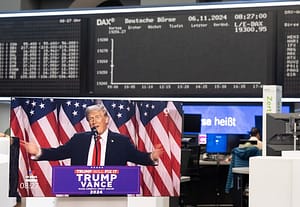Crude oil futures remained relatively stable during the Asian session, although the oil market could face further volatility.
The uncertainty surrounding U.S. trade policy, notably regarding tariffs, has created caution among market participants, as concerns over potential economic slowdowns persist.
The U.S. is the world’s largest oil consumer, and any risk to demand from trade tensions can weigh on global crude prices.
Whilst temporary tariff postponements may offer short-term relief, the ongoing unpredictability surrounding U.S. trade policies is likely to keep downward pressure on the commodity. Without clarity on trade issues, the outlook for crude oil prices remains cautious.
On the supply side, OPEC+ has agreed to increase output by 138,000 barrels per day in April, adding to concerns about oversupply. Rising production from non-OPEC producers further compounds these worries, with the potential to outpace demand, if global economic growth weakens.
Meanwhile, geopolitical risks, particularly surrounding Iran, could have an impact on crude oil markets. U.S. actions to limit Iranian oil exports could reduce global supply, potentially offering short-term price support. However, such measures introduce additional volatility, as their impact on global production and market sentiment remains uncertain. The outlook for crude oil prices will likely depend on how these geopolitical tensions evolve going forward.






Leave a Comment